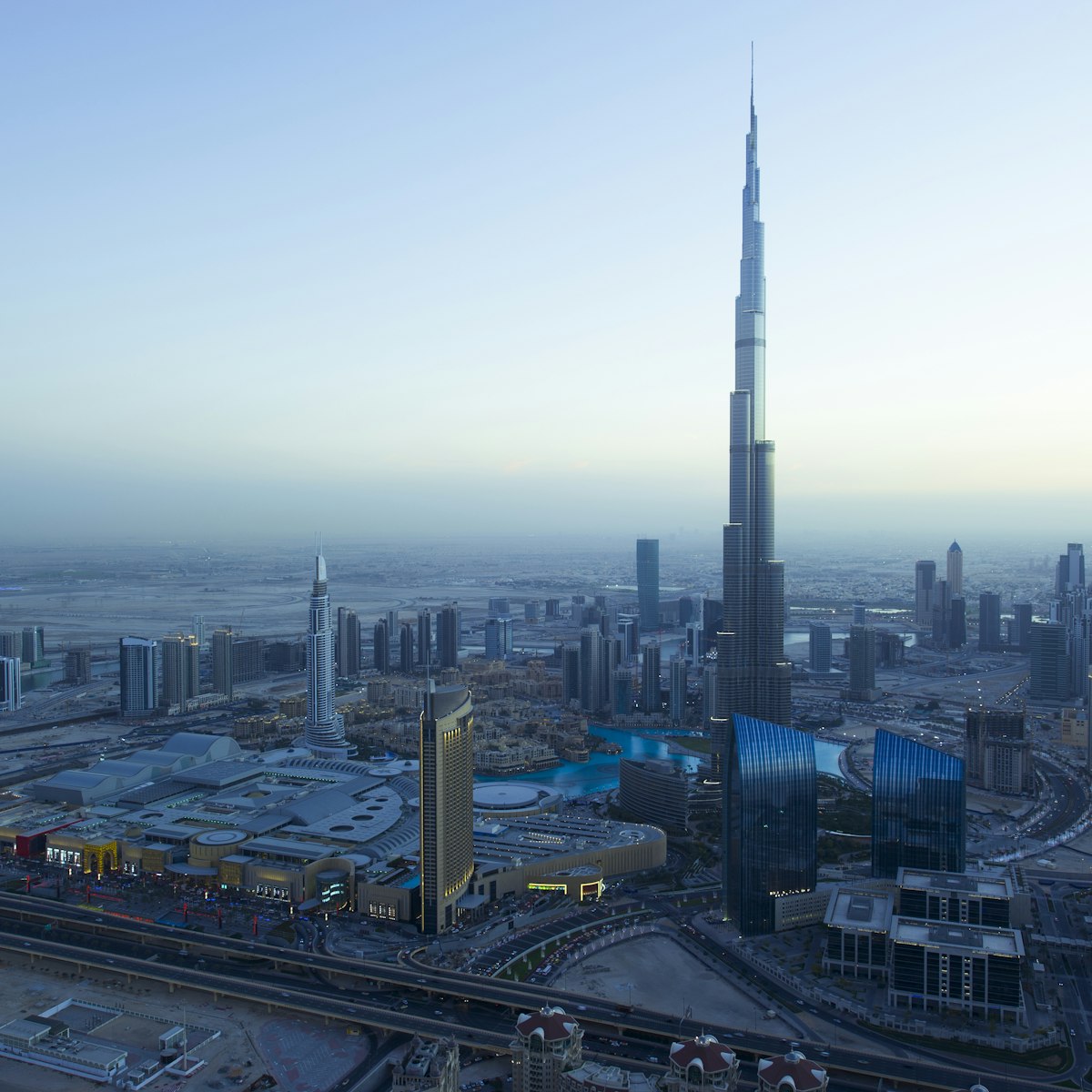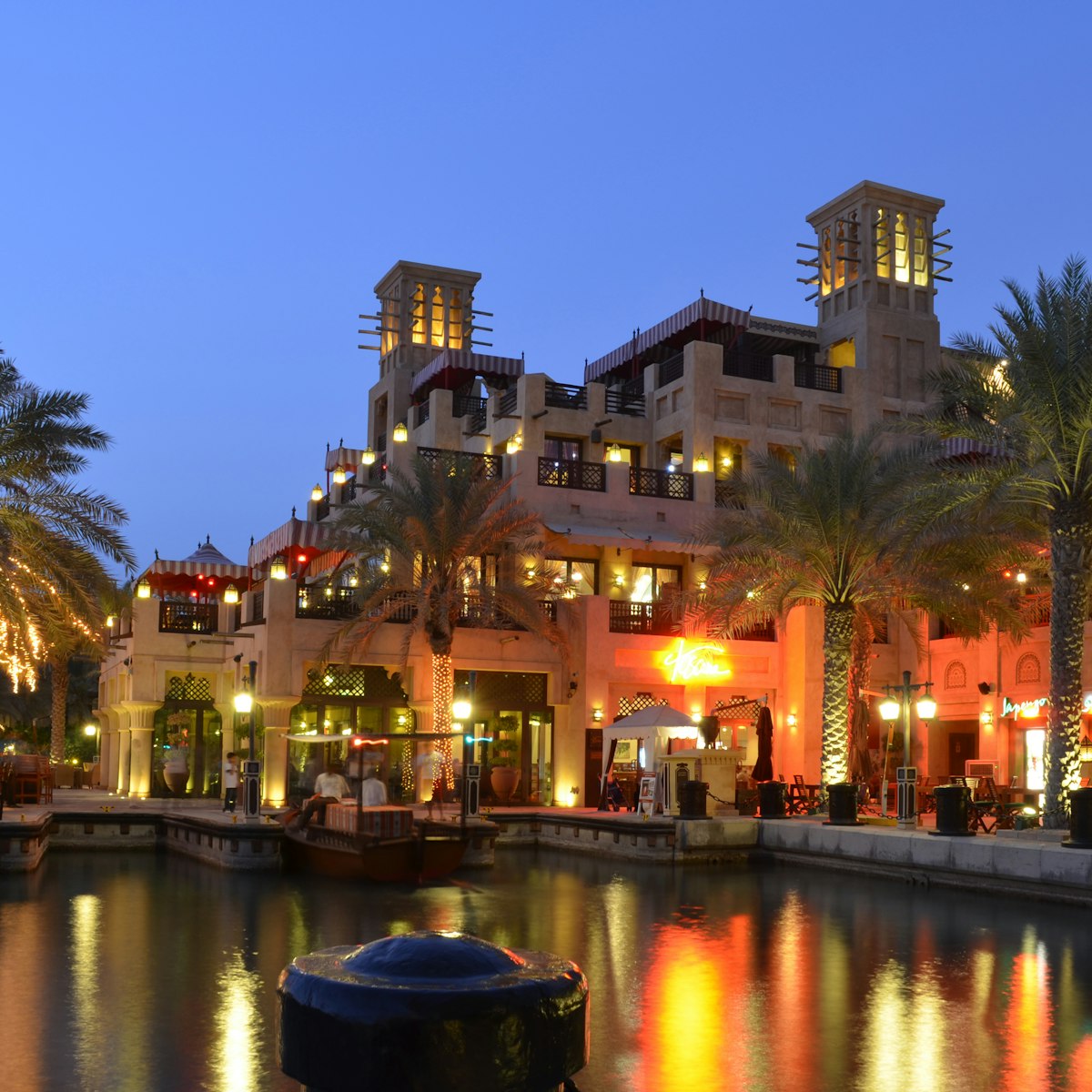The city's main historical museum charts Dubai's turbo-evolution from fishing and pearling village to global centre of commerce, finance and tourism. It has an atmospheric setting in the compact Al Fahidi Fort, built around 1800 and considered Dubai's oldest remaining structure. A walk-through mock souq, exhibits on Bedouin life in the desert and a room highlighting the importance of the sea illustrate the days before the discovery of oil. The last room showcases archaeological findings from nearby excavation sites.
Fortified by three towers, Al Fahidi Fort served as the residence of the local rulers until 1896 and went through stints as a prison and a garrison before becoming a museum in 1971. A sturdy teak door festooned with brass spikes gives way to the courtyard dotted with bronze cannons, traditional boats and an areesha (a palm-frond hut that was the kind of summer home most locals lived in until the middle of the 20th century). Flanking the courtyard are rooms with modest displays of instruments and weapons.
The main exhibit is underground and reached via a spiralling ramp. A video and a timeline uses historical prints and footage to illustrate just how far Dubai has come since the 1960s. From here, cross the deck of a dhow (traditional cargo boat) to enter a mock souq (market) with life-size dioramas depicting shopkeepers and craftspeople at work, enhanced by light and sound effects and grainy documentary films. Other galleries illustrate life in the desert and at sea. The latter includes a small but fascinating pearl-diving exhibit where you can marvel at the fact that divers wore merely nose clips and leather gloves while descending to extraordinary depths.
The final galleries present archaeological finds from ancient settlements and tombs at Jumeirah, Hatta, Al Qusais and other local sites that reveal that the area has been settled for at least 4000 years.








